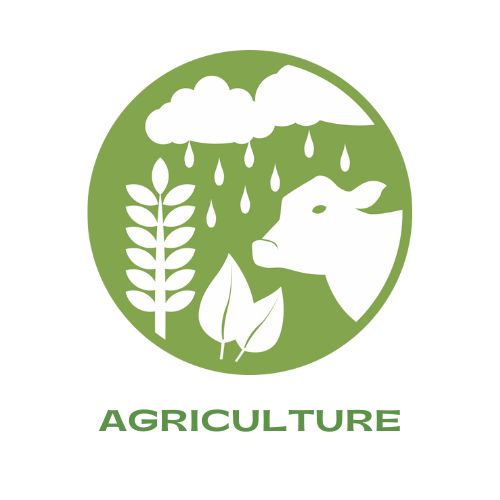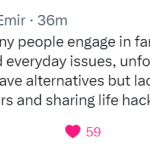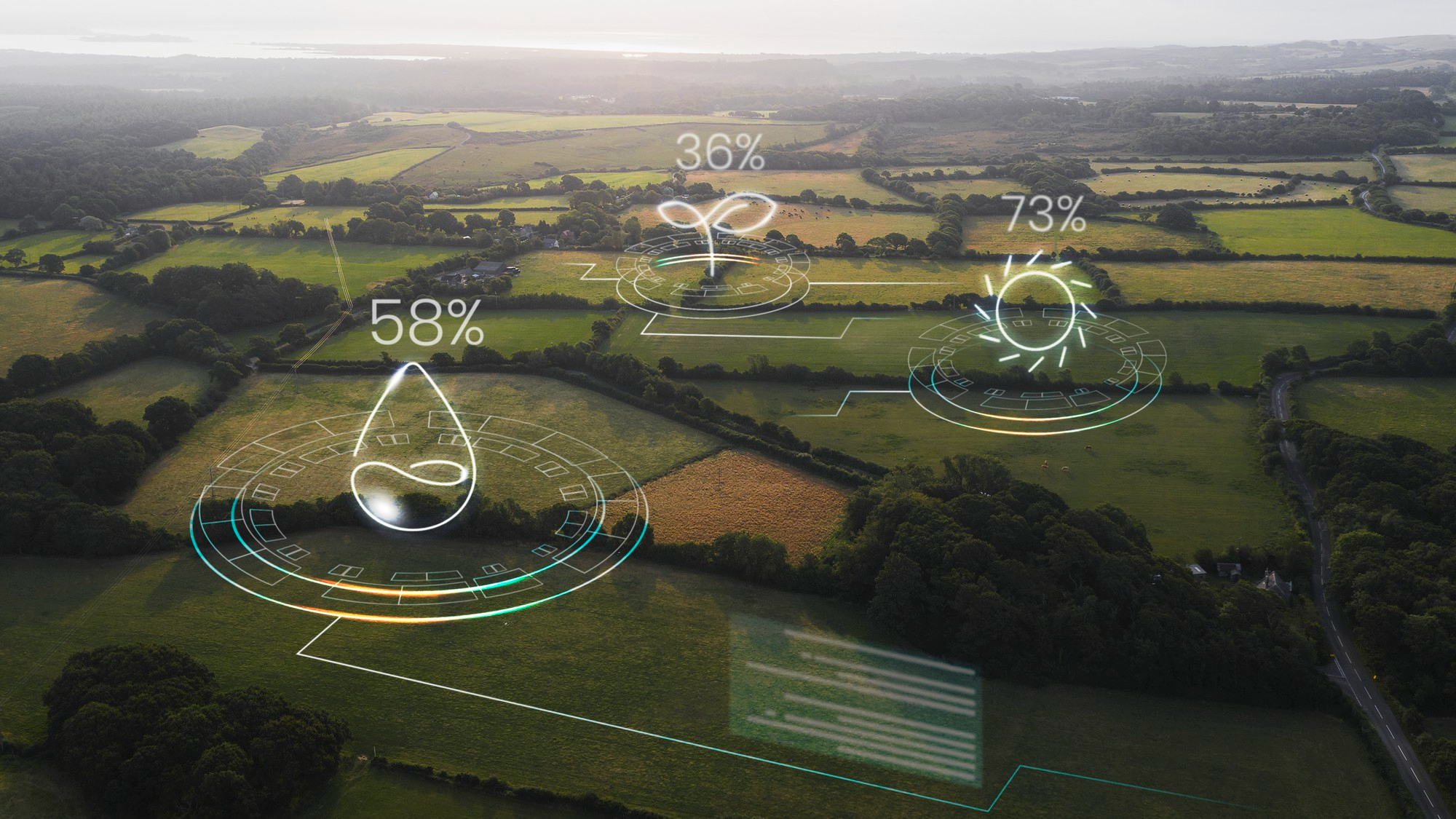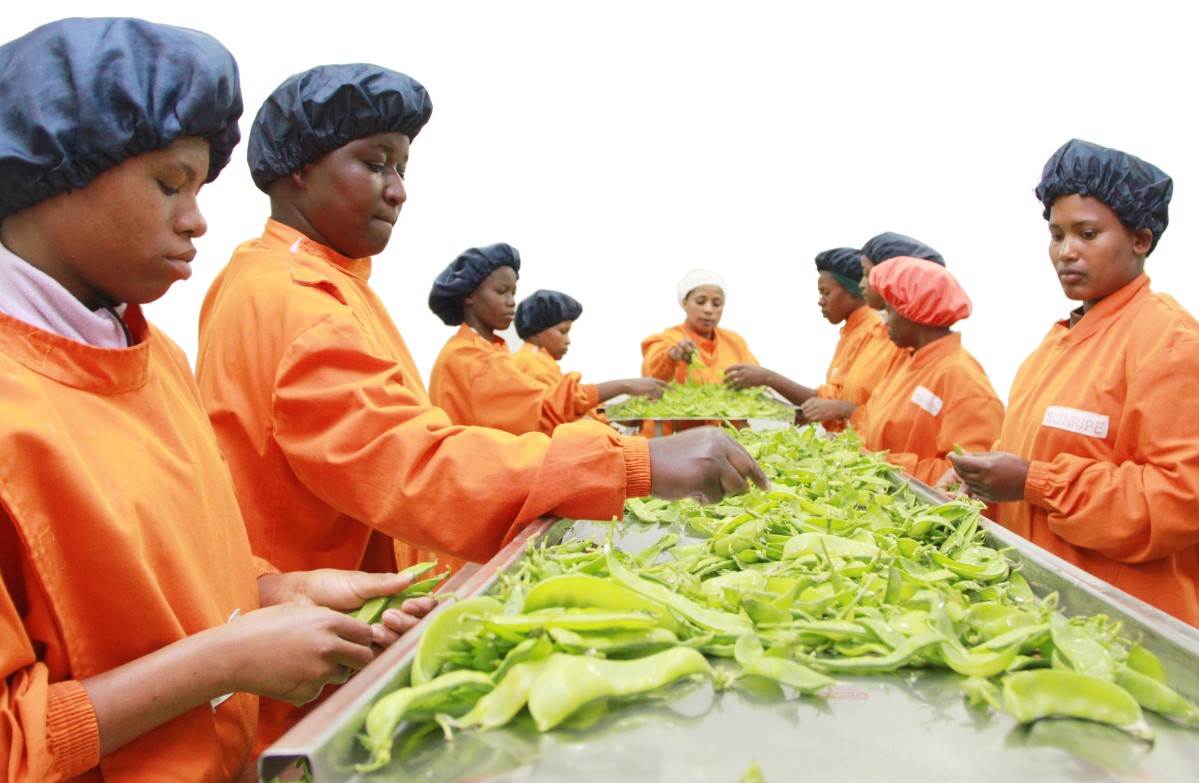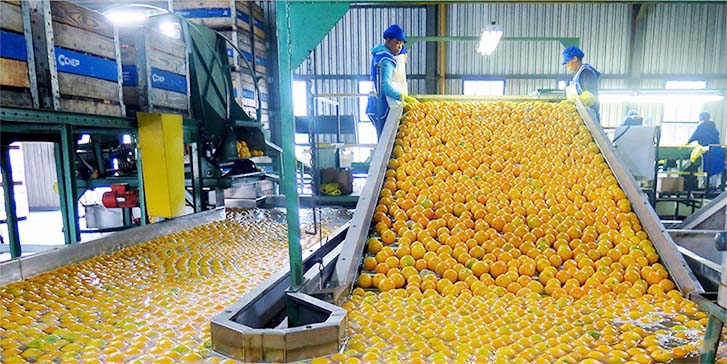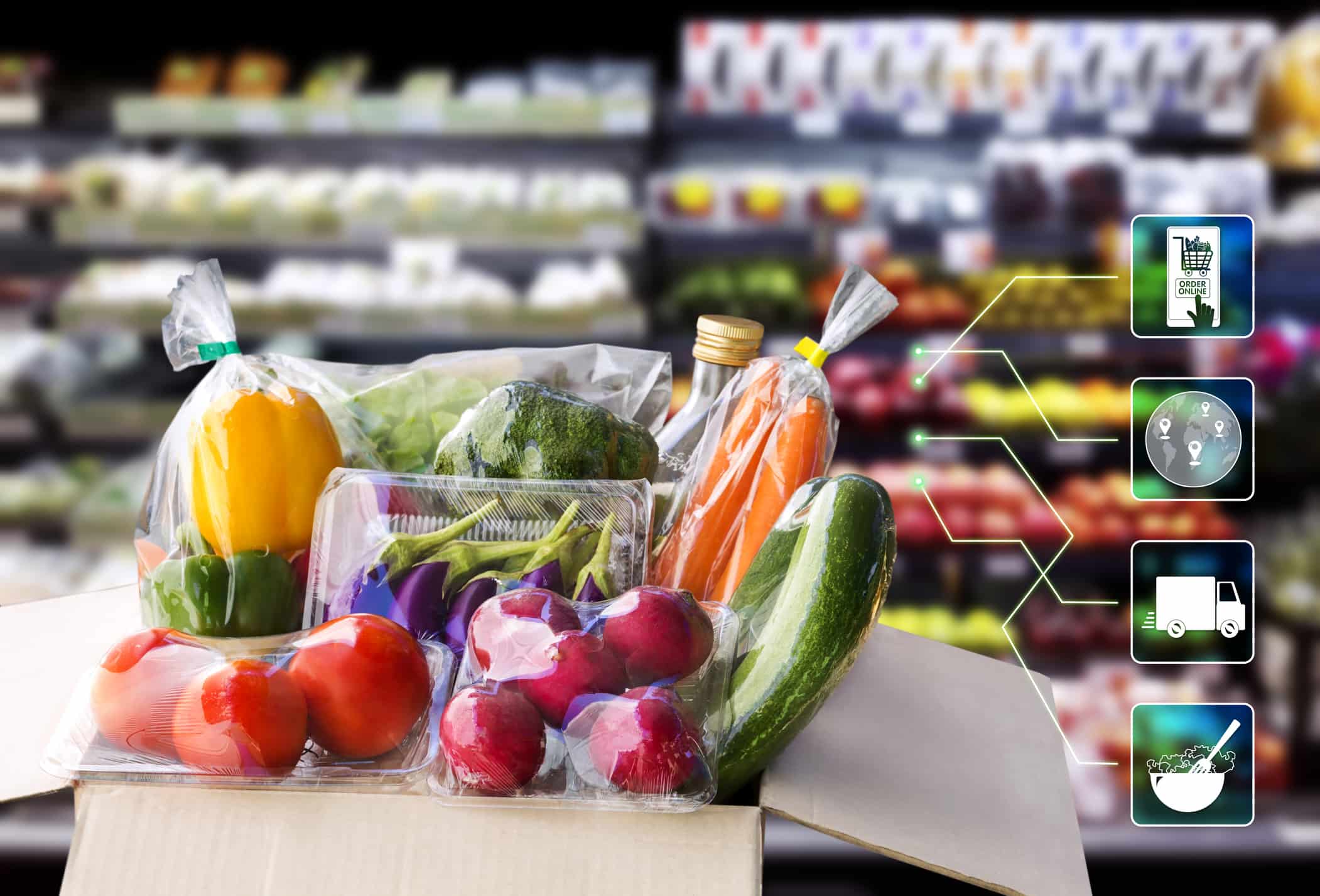The modern agricultural landscape faces growing concerns over food safety, worker welfare, and environmental impacts. Addressing these issues demands heightened agricultural transparency across supply chains. Blockchain technology emerges as a powerful solution, providing immutable, distributed ledgers that track goods and transactions from farm to consumer.
This article delves into five promising applications of blockchain in agriculture, exploring real-world examples that showcase its potential to foster trust and transparency.
1. Verifying Credence Attributes
Credence attributes, such as organic, fair trade, and non-GMO, often defy visual confirmation in finished products. Blockchain’s robust ledgers offer a trusted means to validate these attributes throughout the supply chain.
For instance, Walmart’s blockchain pilot for leafy greens and Ireland’s Origin Green labeling program leverage blockchain to verify claims down to the farm level, establishing a new standard for transparency and accountability.
2. On-Farm Sensing and Decision Making
The integration of networked Internet of Things (IoT) sensors on farms allows for continuous data collection on climate, soil, and crops. When combined with blockchain ledgers, this information empowers real-time decision-making and control.
Examples such as Agriwebb’s livestock grazing records and IBM Food Trust’s service demonstrate how blockchain and IoT synergies offer actionable insights, enhancing productivity and minimizing environmental impacts.
3. Food Safety and Outbreak Response
Blockchain-enabled systems streamline reporting and response mechanisms during foodborne illnesses, facilitating rapid tracing to pinpoint sources and prevent further spread.
Initiatives like ripe.io and Albertsons’ collaboration for lettuce safety, along with Walmart’s blockchain pilot in meat processing, have significantly reduced traceback times. This not only enhances public health protection but also safeguards brand reputation.
4. Supply Chain Integrity
The lack of coordination across smallholder farms, brokers, processors, and distributors often results in food waste and loss.
Centralized blockchain platforms, such as Hello Tractor and IBM Food Trust, provide shared infrastructure for visibility and streamlined planning across the entire supply chain. These platforms enhance coordination among supply chain actors, improving reliability, financial inclusion, and logistical efficiency.
5. New Business Models
Blockchain systems revolutionize traditional business models, providing consumers with direct insight into producer practices through embedded product histories. This fosters market connections and opens doors to innovative models like fractional crop ownership.
Examples include Verde’s livestock fractional ownership and AgriDigital’s wheat crop tokens. These models empower consumers to invest directly in agriculture, fostering trust and transparency through blockchain connectivity.
Conclusion
Blockchain’s potential to drive positive change across agricultural and food systems is immense. By increasing transparency and fostering collaboration among stakeholders, blockchain technologies pave the way for more sustainable and equitable food systems.
Continued adoption will depend on smart integration with legacy systems and clear governance for secure, ethical data sharing. Agriculture’s digital transformation is already underway, and blockchain innovations hold the promise of realizing its full potential.

